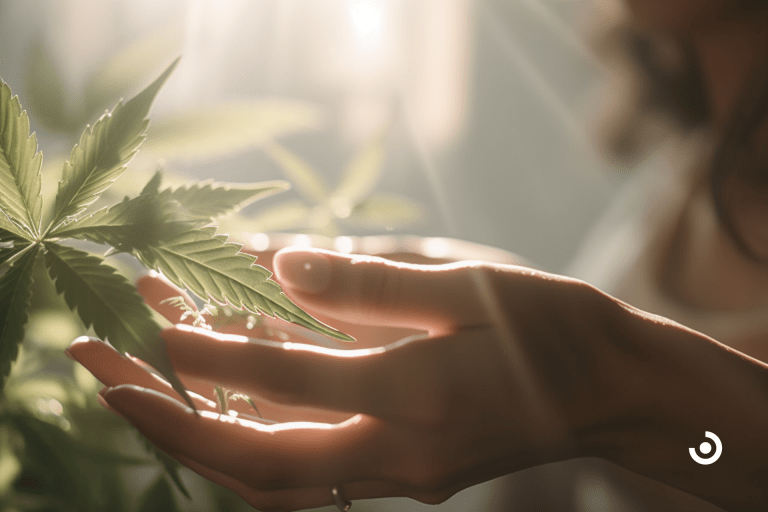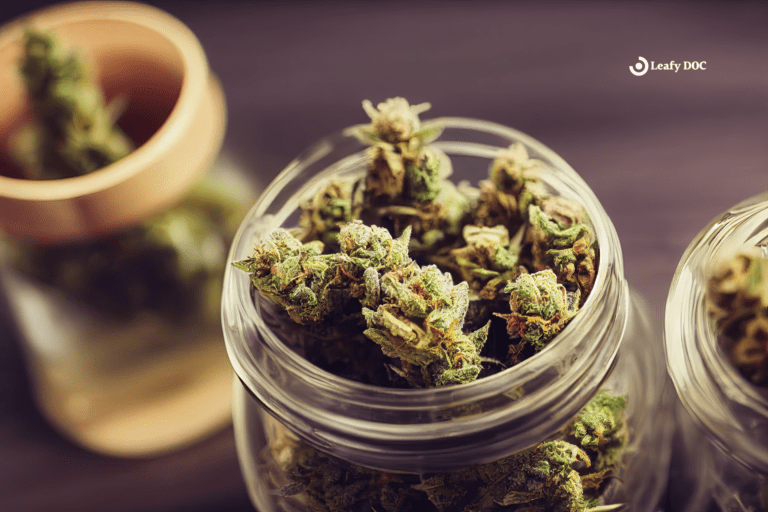Stroke
Can medicinal cannabis help people who are suffering from symptoms of a stroke? Read below to find out more.
What is a stroke?
A stroke is life-threatening and happens when part of the brain doesn’t receive adequate blood flow from the arteries. This typically occurs due to a blocked artery or brain bleeding. Without a steady supply of blood, the brain cells begin to die quickly from a lack of oxygen. Every second counts when dealing with a stroke, and the quicker it is treated, the more likely you’ll recover without permanent disability.
How common are they?
Cerebrovascular disease (stroke) is the number five cause of death and the leading cause of disability in the United States and worldwide.
Who do they affect?
Anyone, from children to adults, can be susceptible to having a stroke, but some have a greater risk than others. Approximately two-thirds of strokes happen in people over the age of 65. High blood pressure, high cholesterol, Type 2 diabetes, and those with a history of stroke, heart attack, or irregular heart rhythms may be more likely to have a stroke.
Signs & Symptoms
To determine stroke signs, remember to think FAST:
- FACE. Look for a droop on one or both sides of their face when smiling, which is a sign of muscle weakness or paralysis.
- ARM. A person having a stroke often has muscle weakness on one side that is noticeable when raising the arms.
- SPEECH. People having a stroke might slur their speech, need help choosing the right words, or lose the ability to speak altogether.
- TIME. Time is critical, so track the time of symptoms occurring to relay that information to your doctor.
Stroke symptoms can involve the following:
- One-sided weakness or paralysis
- Difficulty with or loss of speech
- Slurred speech
- Loss of muscle control on one side of the face
- Sudden loss of one or more senses
- Blurred or double vision
- Loss of coordination
- Dizziness
- Nausea and vomiting
- Neck stiffness
- Emotional or personality changes
- Confusion
- Agitation
- Seizures
- Memory loss
- Sudden, severe headaches
- Fainting
- Coma
Diagnosis & Treatment
A healthcare provider can diagnose a stroke using neurological examinations and diagnostic imaging. A doctor will have you perform specific tasks or answer questions during a neurological exam to figure out the appropriate treatment option. The essential element in determining treatment is the type of stroke.
Can medical marijuana help?
A Microvascular Research report from 2009 showed the potential positive effects the CB2 receptor has on ischemic strokes up to three hours after it occurs. The study concluded that CB2 activation contributed to protecting the brain by attenuating cerebral microcirculatory dysfunction during a cerebral injury related to stroke. Further research is likely to prove that cannabis can prevent cerebrovascular disease and stop permanent brain damage from occurring during a stroke. The following two conditions can cause stroke if left untreated, so MMJ may help those patients with prevention.
High Blood Pressure
Hypertension is simply another word to describe blood pressure that is too high to be safe in the long term. In some cases, it can lead to serious health problems such as heart disease, damage to blood vessels, heart attack, or stroke.
When your blood pressure is high, you are three times more likely to die from heart disease and four times more likely to die from a stroke. Even a slight increase in blood pressure can put you at significant risk. Most people with high blood pressure or at risk for developing hypertension see their doctor regularly to monitor it and take prescribed medicine to regulate it.
Many patients report that the long-term effects of cannabis help them maintain adequate blood pressure levels. Recent research shows that anandamide, the body’s natural version of THC, relaxes blood vessels, allowing blood to flow more freely to lower blood pressure.
The National Institute on Alcohol Abuse & Alcoholism published a report stating that “endocannabinoids tonically suppress cardiac contractility in hypertension” and “targeting the endocannabinoid system offers novel therapeutic strategies in the treatment of hypertension.”
Type 2 Diabetes
The Texas A&M School of Public Health performed a 2022 data analysis study that examined national survey results from over 15,000 people. They found that female cannabis consumers who consumed substantial amounts of cannabis had a lower incidence of diabetes than females with little to no cannabis use.
A 2016 trial in Diabetes Care found that THCv could present a new therapeutic option for glycemic control in people with type 2 diabetes. The authors noted that using THCV significantly impacts fasting blood glucose levels and improves pancreatic function.
A 2013 study of around five-thousand adults found that marijuana use was associated with lower fasting insulin levels, insulin resistance, and smaller waist circumference. Cannabis use acts through the direct and indirect stimulation of cannabinoid receptors in the endocannabinoid system. This cell-signaling system modulates the body’s central nervous system and helps maintain homeostasis.
Researchers have also found that CBD lowers resistin levels and increases gastric inhibitory polypeptide that triggers insulin production. Since CBD possesses anti-inflammatory properties may be a vital protective tool for diabetes patients to prevent stroke.
Last Updated: June 14, 2024
Get Your Medical Card
Connect with a licensed physician online in minutes
Table of Contents
Keep Reading
-
11 Health Benefits Of Cannabis Topicals
Unlock the healing potential of cannabis topicals! Learn about 11 amazing health benefits, from pain relief to skincare. Click now and change your life with these incredible remedies.
-
5 Uses For Cannabis Infused Salve
Revolutionize your wellness routine with cannabis-infused salve! Explore the top 5 uses, from pain relief to skincare, and discover the endless possibilities. Click here to unlock the benefits of cannabis-infused salve today!
-
Understanding Cannabis Strain Genetics: Indica vs. Sativa vs. Hybrid
Explore the differences between indica, sativa, and hybrid cannabis strains and how they can be used for treatment. Learn about the unique properties of each strain and their effects on the body.



